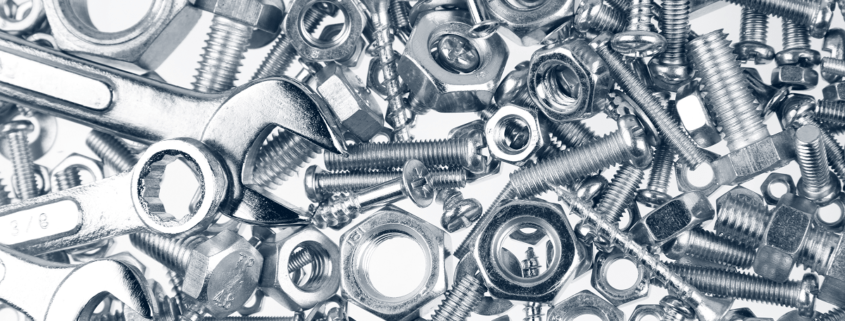Precision Cleaning of Parts: Common Mistakes to Avoid
Precision cleaning is a refined cleaning process that removes super-micrometre particles and residues that are thinner than a monolayer. The maximum amount of dirt allowed on parts that undergo precision cleaning is ? 50 mg / m² (1).
Precision cleaning delivers a deeper level of cleaning than “intermediate cleaning” and “final cleaning”, but not as deep as “critical cleaning”, which is performed in a cleanroom environment to remove sub-micrometre particles and non-volatile residue. The maximum amount of allowable dirt for critical cleaning is ? 5 mg / m² (1).
Precision Cleaning Mistakes to Avoid
Precision cleaning of parts is the gold standard for cleaning most types of industrial parts, with precision cleaning being reserved for parts such as medical instruments and certain aerospace components — two classes of parts whose use has the least tolerance for accumulated soils.
Precision cleaning of parts isn’t a difficult process when performed using an parts washing machine. However, there are four mistakes newcomers to precision cleaning commonly make. Avoiding the mistakes below adds integrity to the parts cleaning process, helps protect parts, can cut parts cleaning costs.
- Failing to Define Precision Cleaning
The definition of precision cleaning above should define the parameters of your precision parts cleaning process. Too often, the process is ill-defined and conforms to the standards for intermediate cleaning or final cleaning. This can lead to poor parts performance and equipment failure.
- Not Considering all Part Materials
Modern precision parts often contain more than one material and more than one type of the same material. For example, a motor part may feature high-grade plastic, as well as steel and copper. Each material must be considered when choosing a solvent for precision cleaning of parts. Otherwise, a solvent that isn’t compatible with all the materials could cause damage.
- Not Performing Solvent Recycling
Not every parts washer has a solvent recycling system, but ones that do can significantly reduce solvent costs. For example, using a vapor degreaser in a washing system that recycles solvent separates used solvent from the soils it removed, returning the recycled degreaser to the solvent basin in the washing chamber, where it can be used for the next wash cycle.
- Using Wrong Solvent for the Job
There are several ways to use the wrong solvent for precision cleaning of parts; specifically, using the wrong solvent for the parts washing system, using a solvent that has a poor environmental safety profile, and using a solvent that doesn’t offer the best efficacy for removing certain soils. Ecolink will help you choose the most efficacious solvent.
Need a Precision Parts Cleaner?
If so, contact us today, and one of our solvent specialists will help you select the best precision parts cleaner for your needs. If a stock solution isn’t the best fit, we’ll formulate a custom solvent that’s designed for your unique requirements. To get started on selecting a solvent for precision cleaning of parts, call us today at 800-563-1305, or send us an email through our contact form.



